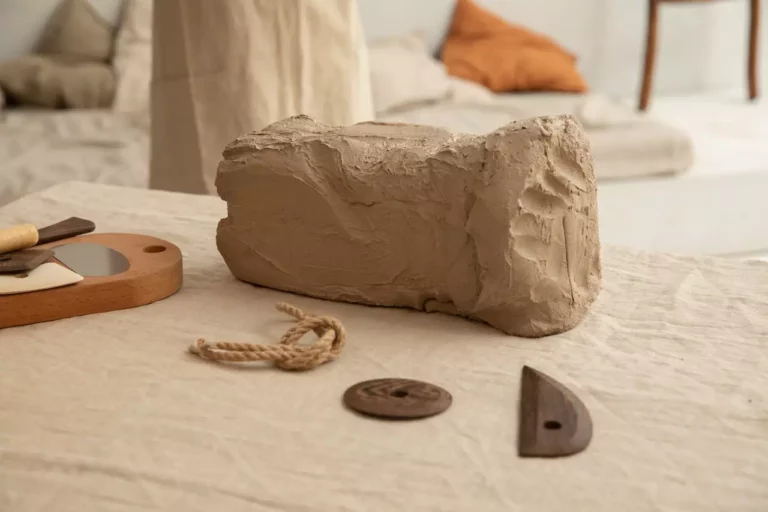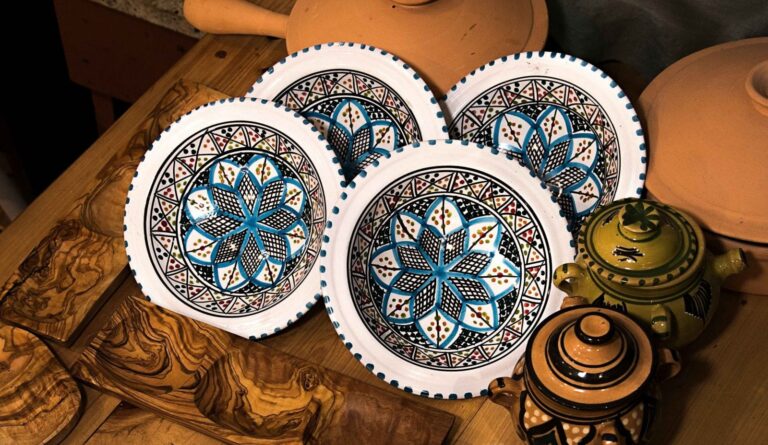How to Calculate Theoretical Density of Ceramics
To calculate the theoretical density of ceramics, you need to know the chemical composition of the ceramic. Theoretical density is calculated by adding the atomic weights of all the elements in the ceramic and dividing by the number of atoms in the molecule. For example, if you have a ceramic with the formula Al2O3, you would add up the atomic weights of aluminum (26.98) and oxygen (15.999) and divide by 3 to get 5.466 g/cm3.
- Determine the formula of your ceramic
- The most common ceramics are oxides, which means they contain oxygen atoms in addition to the metal atoms listed in the formula
- For example, alumina is written Al2O3
- Find the atomic weights for each element in the periodic table
- These are listed under the symbol for each element
- For alumina, you would need aluminum (Al) and oxygen (O)
- Multiply the number of atoms of each element by its atomic weight
- For alumina, you have 2 aluminum atoms and 3 oxygen atoms, so you multiply 2 x 26
- 98 (atomic weight of Al) and 3 x 15
- 999 (atomic weight of O)
- This gives you a total molecular weight for alumina of 101
- 96 g/mol
- 4 Convert this to grams per cubic centimeter by dividing by Avogadro’s number, which is 602 sextillionth (6 followed by 23 zeroes)
- This give a theoretical density for alumina of 0 169 g/cm3
16 Ceramic Density Calculations
How Do You Find Theoretical Density?
To find the theoretical density of a substance, you need to know its atomic mass and its molar mass. The molar mass is the number of grams in one mole of the substance. To calculate the theoretical density, divide the atomic mass by the molar mass.
This will give you the number of moles per unit volume of the substance. Theoretical density is usually expressed in grams per cubic centimeter (g/cm3).
How Do You Find the Density of Ceramics?
There are a few different ways to find the density of ceramics. The first is to use the definition of density, which is mass divided by volume. To find the mass of a ceramic object, you can use a scale.
To find the volume, you can either measure the dimensions of the object and calculate the volume using geometry, or you can submerge the object in water and measure the displaced water to find the volume. Once you have both mass and volume, you can divide mass by volume to find density.
Another way to find density is to look up values in a reference book such as The Material World: A Guided Tour Through Every Atom in Your Body by Theodore Gray.
This book contains densities for many common materials, including ceramics. You can also search online for densities of specific types of ceramics if you know what kind you have. For example, searching for “density of porcelain” will give you several results with accurate values.
Once you know the density of your ceramic material, there are several uses for this information. For one, it can be helpful in determining how strong or durable an object made from that ceramic will be. Denser materials are usually stronger than less dense ones.
What is Its Theoretical Density?
Density is a measure of how much mass is contained in a given volume. The theoretical density of an object is the ratio of its mass to its volume when the object is in its most compact state. This occurs when the object’s atoms are arranged in such a way that they occupy the smallest possible amount of space.
For example, the theoretical density of water is 1 gram per cubic centimeter (g/cm3).
What is the Density of Ceramics?
Most ceramics have a density of around 2.5 g/cm^3, but this number can range from 1.0 for certain porous ceramics to as high as 3.1 for some dense, non-porous materials. The average ceramic is about 60% denser than water.

Credit: www.researchgate.net
How to Calculate Theoretical Density of Composite
The theoretical density of a composite is the sum of the component densities multiplied by their respective volume fractions. To calculate the theoretical density of a composite, you need to know the densities of each component and their volume fractions.
For example, let’s say you have a composite with two components: Component A has a density of 1 g/cm3 and occupies 50% of the total volume, while component B has a density of 2 g/cm3 and occupies the other 50%.
The theoretical density of this composite would be:
Conclusion
To calculate the theoretical density of ceramics, you need to know the formula for density and the molar mass of the ceramic. The density of a material is its mass per unit volume. The molar mass is the mass of one mole, or Avogadro’s number, of atoms of the element.
To calculate the theoretical density, divide the molar mass by the product of Avogadro’s number and the ceramic’s molar volume. The molar volume is the volume occupied by one mole of atoms and is equal to the reciprocal of its density.





